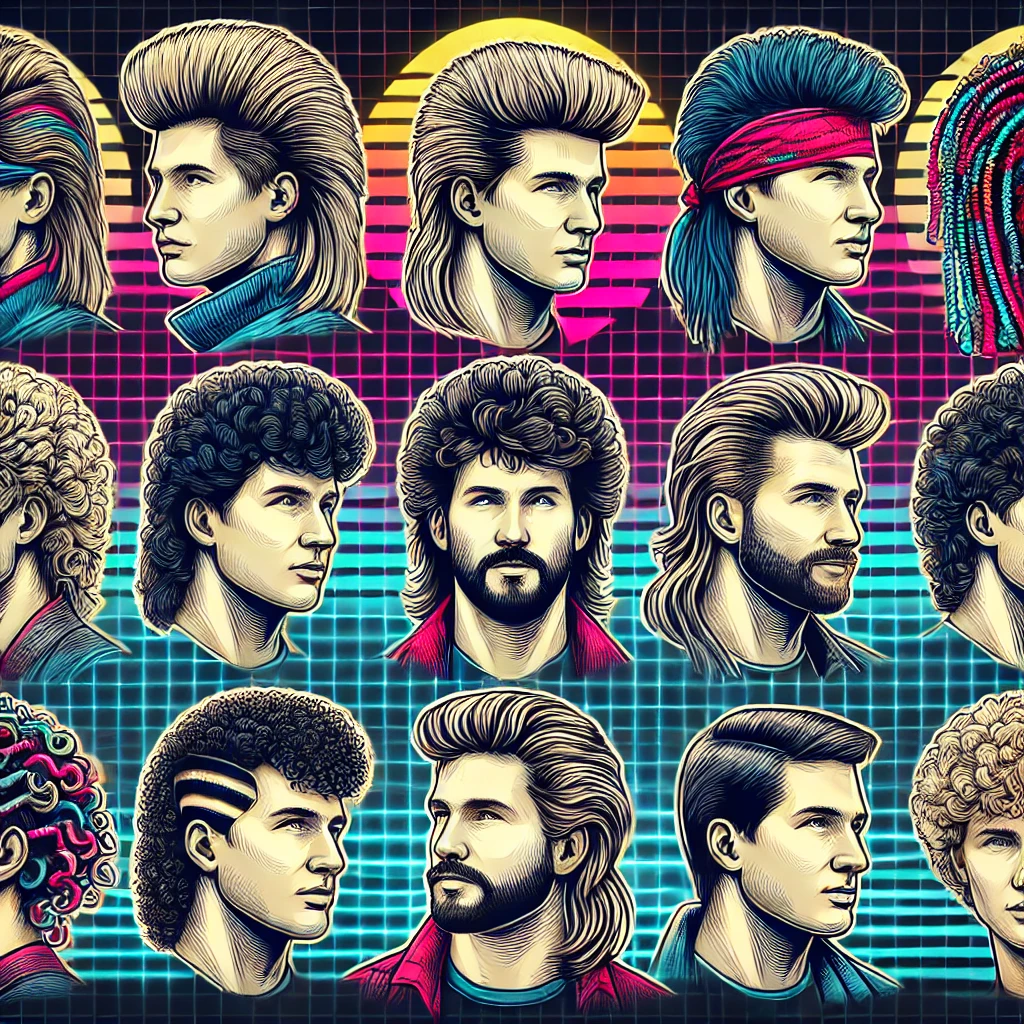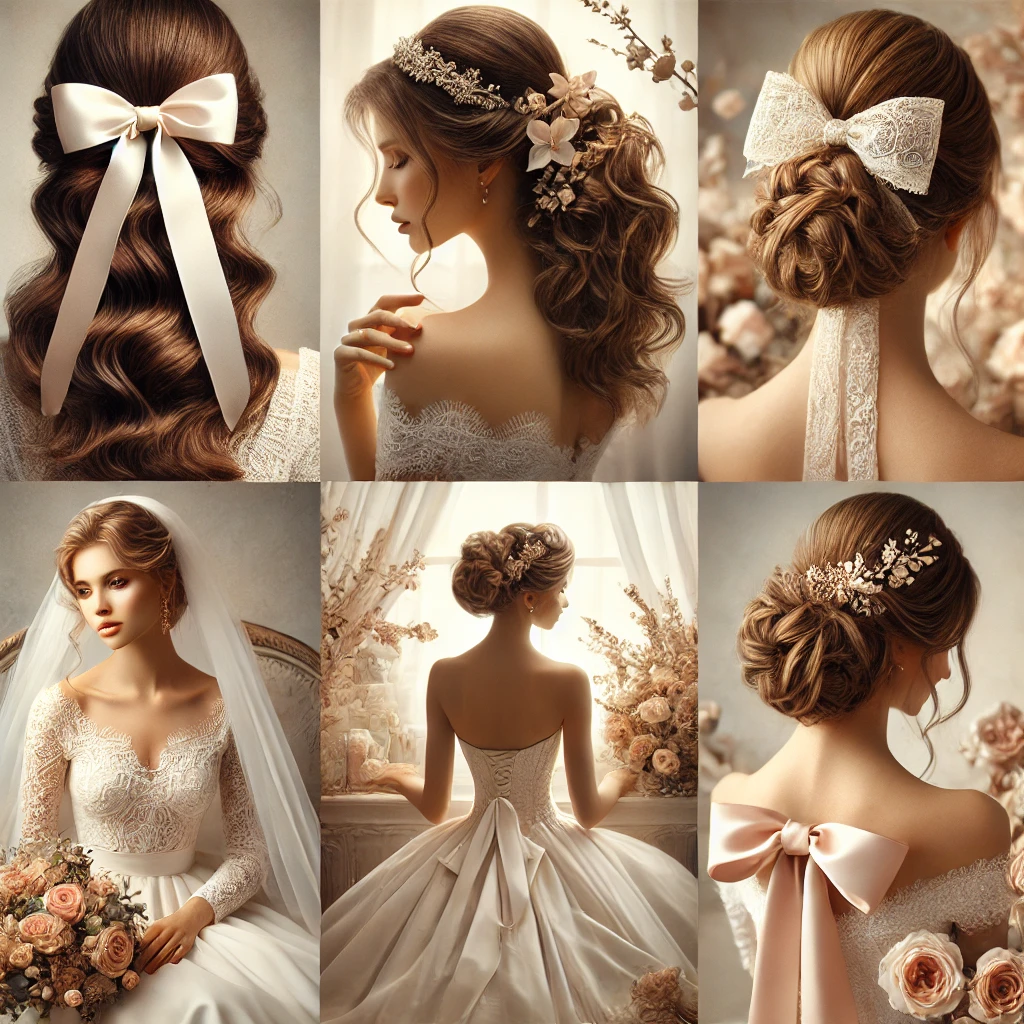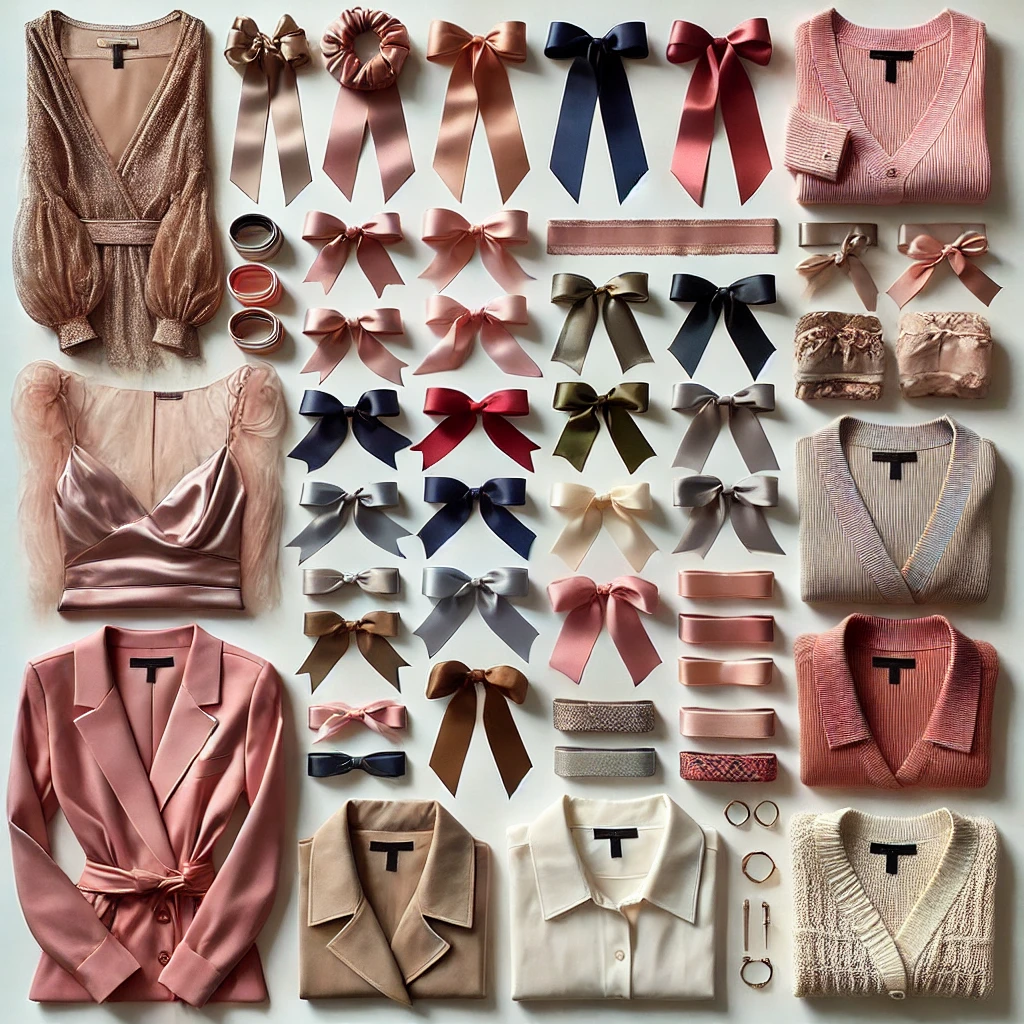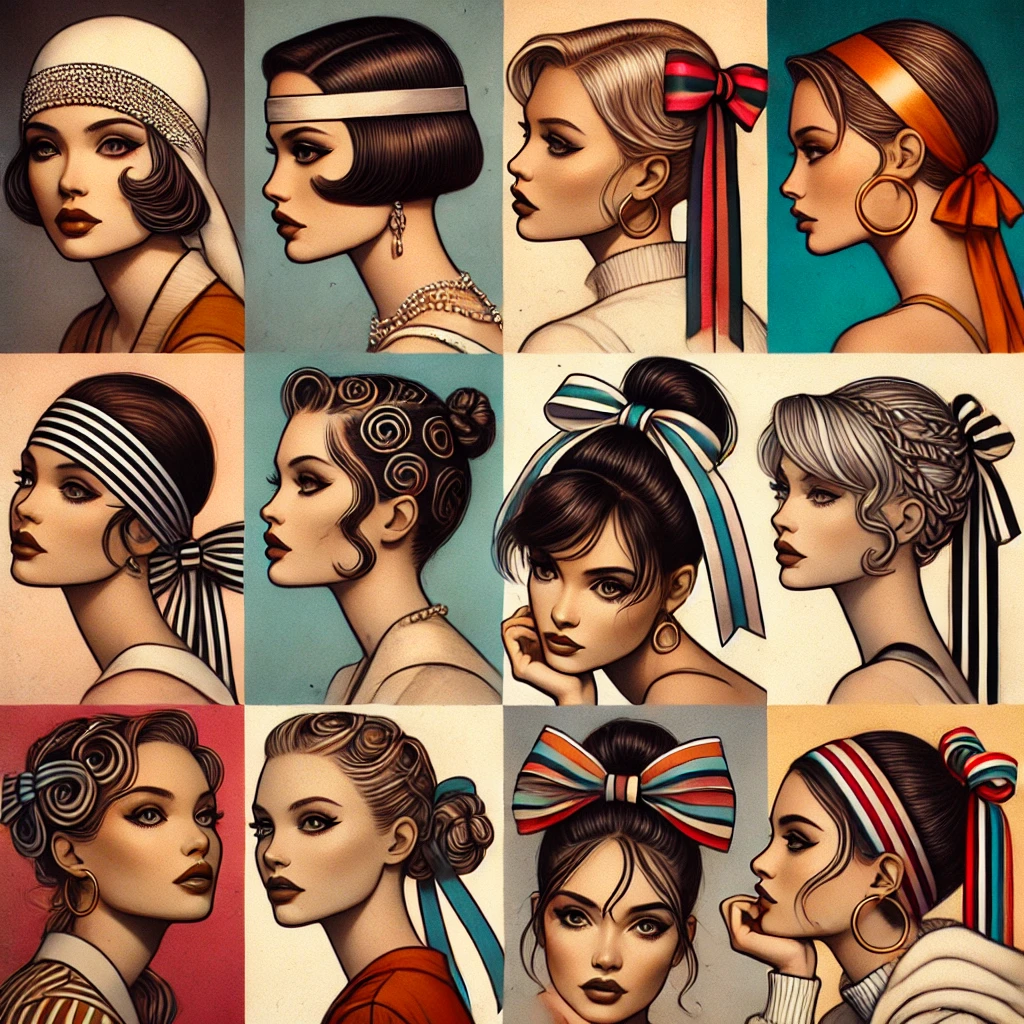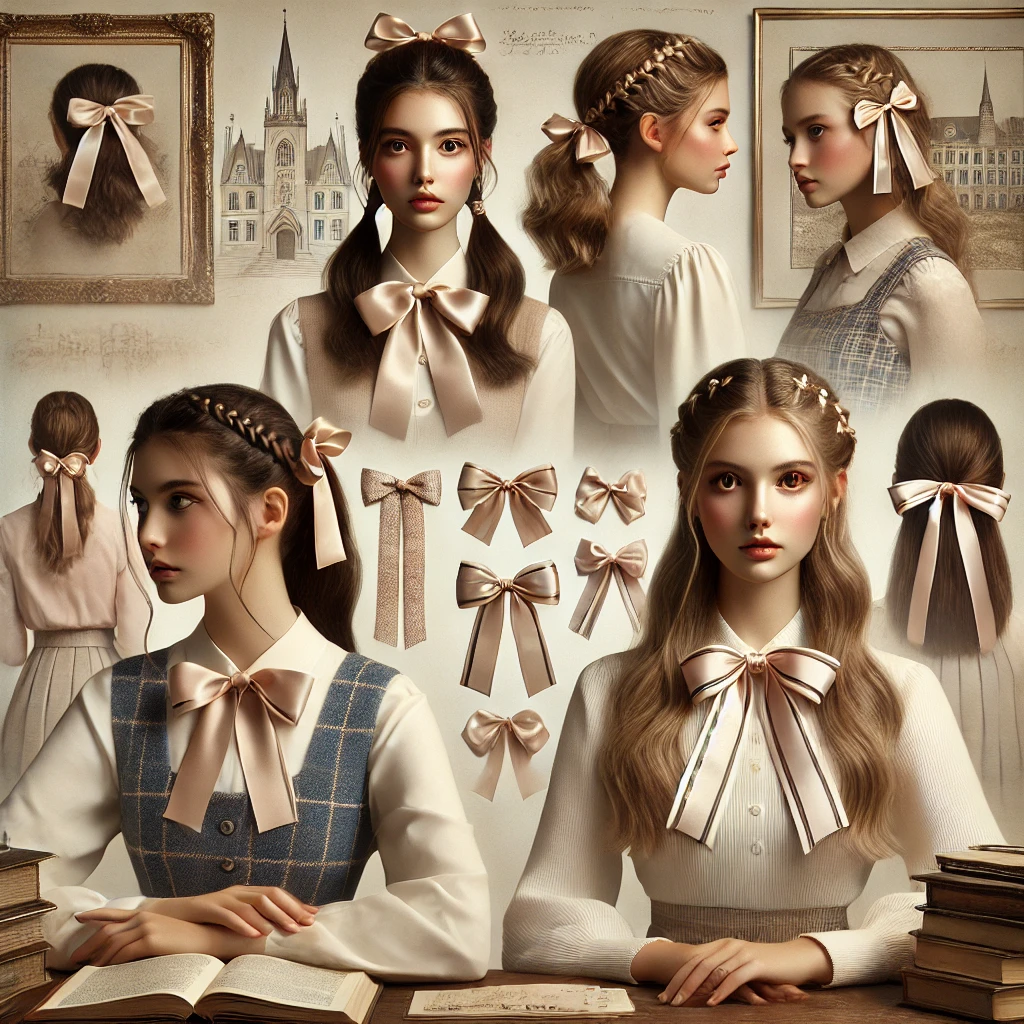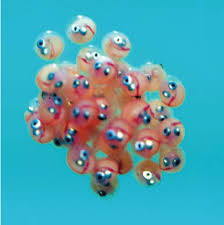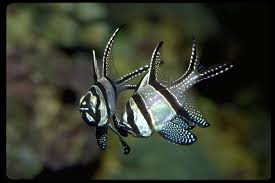The Ultimate Guide to Iconic 80s Men’s Hairstyles: Trends That Defined a Decade
80s Men’s Hairstyles
The 1980s were a decade of bold fashion statements, and men’s hairstyles were no exception. This era was defined by experimentation, individuality, and a desire to stand out. From the sleek and polished looks of early 80s businessmen to the wild and rebellious styles of rock stars, the 80s offered a wide range of hairstyles that reflected the cultural shifts of the time. This guide will explore the iconic men’s hairstyles of the 80s, delving into the trends that defined the decade and the influences that shaped them.
The Cultural Backdrop of 80s Hairstyles
The 1980s were a time of significant cultural change. The rise of MTV brought music and fashion into the homes of millions, creating a visual culture that celebrated boldness and creativity. Pop icons like Michael Jackson, Prince, and David Bowie influenced not only music but also fashion and hairstyles. Meanwhile, the fitness craze of the decade, fueled by movies like Rocky and Flashdance, emphasized a muscular, athletic physique that often complemented shorter, more structured hairstyles.
At the same time, the punk and new wave movements brought edgier, more rebellious styles to the forefront. These subcultures embraced asymmetry, bright colors, and unconventional cuts, challenging traditional notions of masculinity and grooming. The 80s were a melting pot of influences, and this diversity was reflected in the hairstyles of the time.
The Role of Hair Products in Shaping 80s Trends
One of the defining features of 80s men’s hairstyles was the use of hair products to achieve volume, hold, and shine. Hairspray, mousse, and gel became essential tools for creating the exaggerated looks that were popular during the decade. These products allowed men to sculpt their hair into gravity-defying styles, from towering quiffs to spiky, textured cuts.
The popularity of hair products also reflected the growing emphasis on personal grooming and self-expression. Men were no longer confined to simple, understated styles; instead, they were encouraged to experiment with their hair as a form of creativity and individuality. This shift marked a departure from the more conservative grooming standards of previous decades and paved the way for the bold, statement-making hairstyles of the 80s.
The Influence of Celebrities and Media
Celebrities played a crucial role in popularizing 80s hairstyles. Actors, musicians, and athletes became style icons, and their hairstyles were often imitated by fans. For example, the slicked-back look worn by Don Johnson in Miami Vice became a symbol of cool sophistication, while the mullet sported by rock stars like Billy Ray Cyrus and David Bowie embodied a rebellious, rock-and-roll attitude.
Television and movies also played a significant role in shaping hair trends. Shows like Magnum, P.I. and Knight Rider featured protagonists with distinctive hairstyles that became instantly recognizable. These media influences helped to cement certain styles as iconic representations of the decade.
The Evolution of 80s Hairstyles
The hairstyles of the 80s evolved over the course of the decade, reflecting broader changes in fashion and culture. In the early 80s, styles tended to be more polished and conservative, with an emphasis on neatness and structure. As the decade progressed, however, hairstyles became increasingly bold and experimental, with an emphasis on volume, texture, and individuality.
By the end of the 80s, the decade’s most iconic hairstyles had become firmly entrenched in popular culture. From the mullet to the flat top, these styles continue to be associated with the 80s and are often referenced in modern fashion and media.
The Early 80s – Polished and Professional
The early 1980s were characterized by a return to traditional values and a focus on professionalism. This shift was reflected in men’s hairstyles, which tended to be more polished and conservative than those of the late 70s. The influence of corporate culture and the rise of yuppies (young urban professionals) led to a preference for neat, structured hairstyles that conveyed success and sophistication.
The Preppy Look
One of the most popular hairstyles of the early 80s was the preppy look. This style was characterized by short, neatly trimmed hair that was often parted on the side. The preppy look was inspired by the fashion of Ivy League universities and was associated with a clean-cut, all-American aesthetic. It was a versatile style that could be worn in both casual and formal settings, making it a favorite among young professionals.
The preppy look was often accompanied by other elements of preppy fashion, such as polo shirts, khaki pants, and loafers. This cohesive style became a symbol of upward mobility and success, and it was widely adopted by men who wanted to project an image of confidence and competence.
The Slicked-Back Style
Another iconic hairstyle of the early 80s was the slicked-back style. This look was achieved by applying gel or pomade to the hair and combing it back from the forehead. The result was a sleek, polished appearance that exuded sophistication and charm.
The slicked-back style was popularized by celebrities like Richard Gere in American Gigolo and John Travolta in Urban Cowboy. It was a versatile look that could be dressed up or down, making it suitable for a variety of occasions. The slicked-back style was particularly popular among men who wanted to project an image of confidence and success.
The Influence of Corporate Culture
The early 80s were a time of economic growth and corporate expansion, and this was reflected in men’s hairstyles. The rise of yuppies and the emphasis on professionalism led to a preference for neat, understated styles that conveyed competence and reliability.
Hairstyles like the preppy look and the slicked-back style were perfectly suited to this cultural climate. They were polished and professional, yet still stylish and modern. These hairstyles helped to define the image of the successful, ambitious man of the early 80s.
The Role of Grooming Products
The early 80s saw a growing emphasis on personal grooming, and this was reflected in the popularity of hair products. Gel, pomade, and hairspray were essential tools for achieving the sleek, polished looks that were in vogue. These products allowed men to maintain their hairstyles throughout the day, ensuring that they always looked their best.
The use of grooming products also reflected the growing importance of self-presentation in the corporate world. Men were expected to look sharp and put-together at all times, and this extended to their hairstyles. The early 80s were a time when personal grooming became an integral part of professional success.
The Mid-80s – Bold and Experimental
By the mid-80s, men’s hairstyles had become bolder and more experimental. The influence of pop culture, particularly music and movies, led to a proliferation of unique and eye-catching styles. This was a time when individuality and self-expression were celebrated, and men’s hairstyles reflected this shift.
The Rise of the Mullet
One of the most iconic hairstyles of the mid-80s was the mullet. This style, characterized by short hair on the top and sides and long hair at the back, became a symbol of rebellion and rock-and-roll attitude. The mullet was popularized by musicians like Billy Ray Cyrus, David Bowie, and Bon Jovi, and it quickly became a favorite among men who wanted to project a cool, edgy image.
The mullet was a versatile style that could be worn in a variety of ways. Some men opted for a sleek, polished look, while others embraced a more tousled, textured appearance. Regardless of how it was styled, the mullet was a statement-making hairstyle that captured the spirit of the mid-80s.
The Flat Top
Another popular hairstyle of the mid-80s was the flat top. This style, characterized by a flat, level surface on the top of the head, was a bold and distinctive look that required careful maintenance. The flat top was often accompanied by shaved or closely cropped sides, creating a sharp contrast that emphasized the flat surface.
The flat top was popularized by celebrities like Mr. T and Grace Jones, and it became a symbol of strength and confidence. This style was particularly popular among African American men, who embraced it as a way to celebrate their cultural identity and individuality.
The Influence of Pop Culture
The mid-80s were a time of cultural explosion, and this was reflected in men’s hairstyles. The rise of MTV and the popularity of music videos brought new styles and trends to the forefront, and men’s hairstyles became increasingly influenced by the looks of their favorite musicians and actors.
Movies like Top Gun and Back to the Future also played a significant role in shaping hair trends. The characters in these films became style icons, and their hairstyles were widely imitated by fans. This cultural influence helped to create a diverse and dynamic landscape of men’s hairstyles in the mid-80s.
The Role of Volume and Texture
One of the defining features of mid-80s hairstyles was the emphasis on volume and texture. Men’s hairstyles became bigger and bolder, with an emphasis on creating height and movement. This was achieved through the use of hair products like mousse and hairspray, which allowed men to sculpt their hair into dramatic, eye-catching styles.
The popularity of volume and texture reflected the growing emphasis on individuality and self-expression. Men were no longer content with simple, understated styles; instead, they wanted hairstyles that made a statement and reflected their unique personalities.
The Late 80s – Extreme and Unconventional
By the late 80s, men’s hairstyles had reached new heights of boldness and experimentation. This was a time when anything went, and men’s hairstyles became increasingly extreme and unconventional. The influence of punk, new wave, and hip-hop culture led to a proliferation of unique and eye-catching styles that pushed the boundaries of traditional grooming.
The Punk Influence
One of the most significant influences on late 80s hairstyles was the punk movement. Punk culture embraced rebellion and nonconformity, and this was reflected in the hairstyles of the time. Spiked hair, mohawks, and brightly colored dyes became popular among men who wanted to make a bold statement.
The punk look was often accompanied by other elements of punk fashion, such as leather jackets, ripped jeans, and studded accessories. This cohesive style became a symbol of rebellion and individuality, and it was widely adopted by men who wanted to challenge traditional notions of masculinity and grooming.
The New Wave Aesthetic
Another major influence on late 80s hairstyles was the new wave movement. New wave culture embraced experimentation and creativity, and this was reflected in the hairstyles of the time. Asymmetrical cuts, geometric shapes, and bold colors became popular among men who wanted to express their individuality and artistic sensibilities.
The new wave aesthetic was often accompanied by other elements of new wave fashion, such as bold patterns, bright colors, and unconventional silhouettes. This cohesive style became a symbol of creativity and innovation, and it was widely adopted by men who wanted to stand out from the crowd.
The Rise of Hip-Hop Culture
The late 80s also saw the rise of hip-hop culture, which had a significant impact on men’s hairstyles. Hip-hop artists like Run-D.M.C. and LL Cool J popularized styles like the high-top fade and the flat top, which became symbols of urban cool and streetwise sophistication.
The high-top fade, in particular, became an iconic hairstyle of the late 80s. This style, characterized by a flat top and closely shaved sides, was a bold and distinctive look that required careful maintenance. The high-top fade was often accompanied by other elements of hip-hop fashion, such as tracksuits, sneakers, and gold chains, creating a cohesive and instantly recognizable style.
The Role of Hair Accessories
The late 80s also saw the rise of hair accessories as a key element of men’s hairstyles. Headbands, bandanas, and scrunchies became popular among men who wanted to add a touch of flair to their looks. These accessories were often used to complement bold, unconventional hairstyles, adding an extra layer of creativity and individuality.
The popularity of hair accessories reflected the growing emphasis on self-expression and personal style. Men were no longer content with simple, understated looks; instead, they wanted hairstyles that made a statement and reflected their unique personalities.
The Legacy of 80s Men’s Hairstyles
The 1980s were a decade of bold experimentation and individuality, and this was reflected in men’s hairstyles. From the polished and professional looks of the early 80s to the bold and unconventional styles of the late 80s, the decade offered a wide range of hairstyles that reflected the cultural shifts of the time.
Today, the hairstyles of the 80s continue to be celebrated and referenced in popular culture. Whether it’s the sleek sophistication of the slicked-back style or the rebellious edge of the mullet, these iconic looks remain a testament to the creativity and individuality of the decade. The 80s may be over, but its hairstyles continue to inspire and influence men’s fashion to this day.
